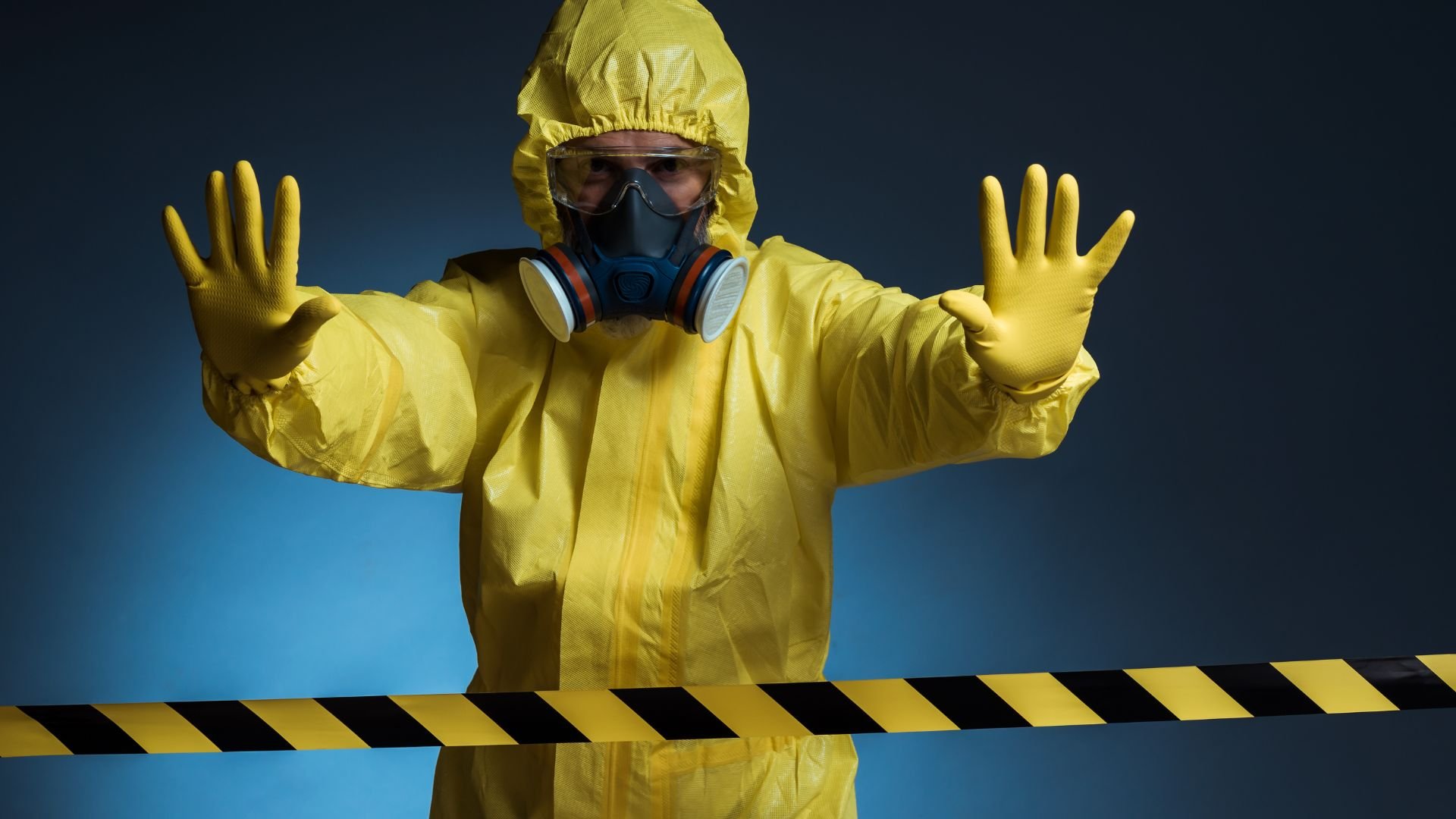What are the two signal words used on WHMIS 2015 labels?
by Emilia Dudova, on Apr 23, 2024 11:29:54 AM
Understanding WHMIS 2015 Signal Words
The Workplace Hazardous Materials Information System (WHMIS) 2015, which is a comprehensive system for providing health and safety information on the use of hazardous products in Canadian workplaces, incorporates elements from the Globally Harmonized System of Classification and Labelling of Chemicals (GHS). One of the key features of WHMIS 2015 is the use of standardized labels on hazardous products. These labels are crucial for conveying risk information succinctly and effectively. Among the various elements on these labels, signal words play a vital role in immediately communicating the level of hazard associated with the product. WHMIS 2015 utilizes two specific signal words: "Warning" and "Danger".

1. Danger
The signal word "Danger" is used for the more severe hazard categories. It serves as an alert that the chemicals in the container pose a significant risk to health or safety. Products labelled with "Danger" might be corrosive, extremely flammable, or highly toxic, indicating that they can cause serious health effects or physical harm, possibly even death if mishandled. This signal word is a critical alert that demands immediate attention and strict adherence to safety precautions.
2. Warning
The signal word "Warning" is used for less severe hazard categories. It indicates that the exposure to the chemical might result in less serious health effects or damage, but the risks are still significant. The presence of "Warning" suggests that while the chemical does not pose the most extreme risk, it still requires careful handling, use, and storage. This word serves to remind the handler that although the product is not as immediately dangerous as those labeled "Danger," it still presents safety challenges.
Importance of Signal Words
The primary purpose of these signal words is to provide at-a-glance risk assessment. They help ensure that those handling or exposed to hazardous chemicals can quickly determine the severity of the risks involved and take appropriate actions without needing to read more detailed information that might be available on the label or safety data sheet. This quick recognition of hazard levels helps to prevent accidents and ensure safer handling procedures.
By understanding and respecting the implications of these signal words, workplace safety is significantly enhanced, minimizing the potential for harm.
.png?width=162&height=64&name=IRWINS%20website%20logo%20(1).png)